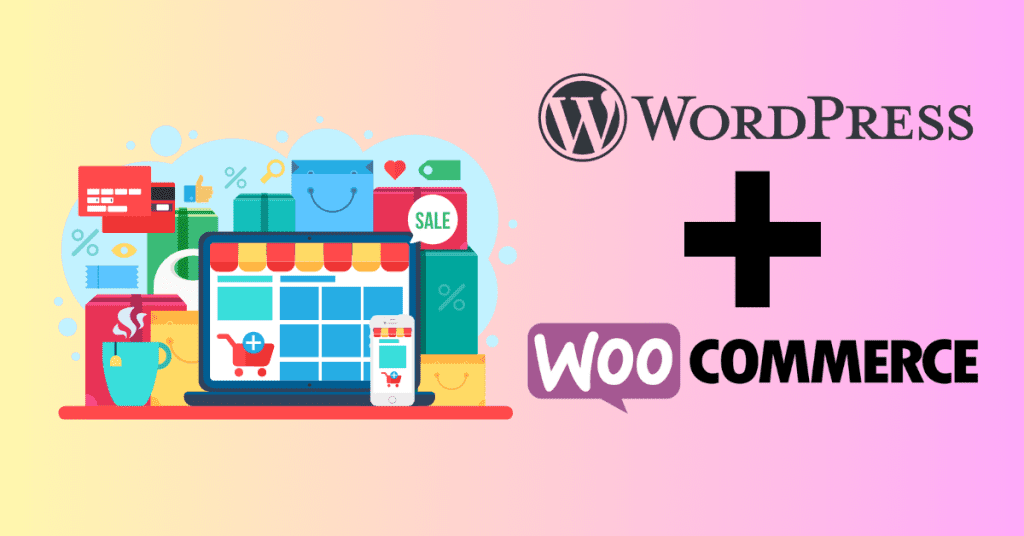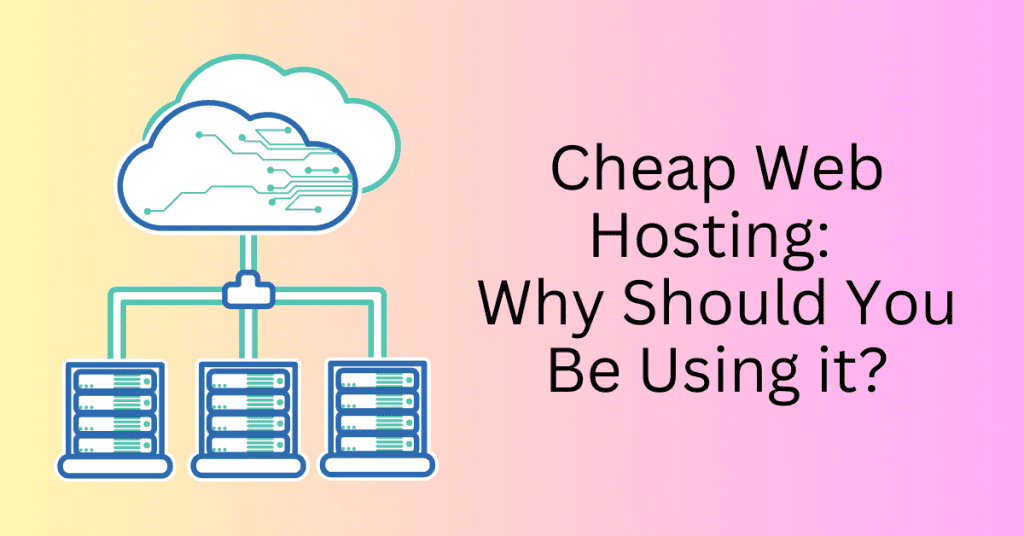Pop-ups bring more benefits to business owners than their cons. Popups are a double edge sword, if not used properly, it is easy to annoy your visitors.
Although people now are very used to pop up as it is used by most websites, overuse will bring negative effect. They may get annoyed and leave your webpage.
So, what is a popup?
What is a pop-up?
A popup is, usually, a small window or banner that appears in the foreground while browsing a website. The website’s visitor can then interact with this window.
A popup normally contains four main elements, headline, subheadline, contact form, and CTA button. It is used to collect contact details or present an exclusive deal to the visitors to get them to make a purchase or subscribe to your list.

There are a few different types of popups that will appear on a website, when to appear, where to appear, and how it appears depending on their goal.
Why Do You Need To Use Popups?
The main purpose of a popup is to get attention and ask for their contact details.
A popup is a pattern interrupt that appears in the middle of someone browsing your page. Compared to a contact form embedded in your page, a popup will not be missed.
It is there and will block the entire screen. You need to axe it, before continuing browsing.
Why are popups important?
For business owners or marketers, popups had enabled them to pass the message effectively. And at the same time, collect the contact details for their visitors. Converting them to a lead.
And for the visitors, a popup usually consists of good deals or offers as business owners tend to put good offers as bait to get the visitors to leave their contact details or make a purchase.
You can reach these same goals by embedding signup forms/banners/promo codes/etc. on your page, but some situations just call for an eye-catching popup.
Create your first popup for free
Types of popups You Can Use
Depending on your goals, you will need different types of popups so that they will be the most effective.
Bar pop-up
Bar popups, as the name suggests, are thin banners located either on the top or the bottom of a page. It can contain a headline, countdown, CTA button, and a short sign-up form.
Or just a headline, countdown, and CTA. The signup form will appear once click on the CTA button.
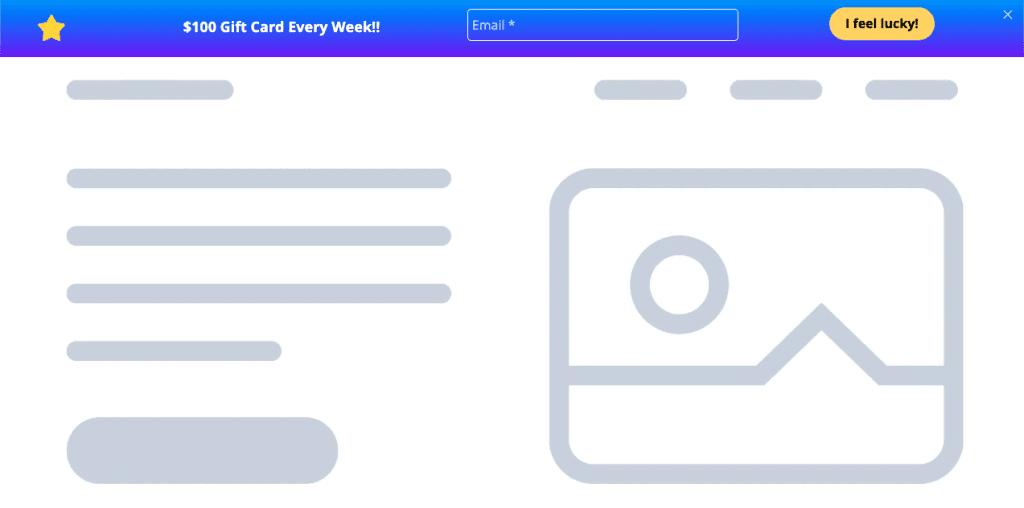
Pop-up box
Pop-up boxes are the most commonly used pop-up type. Most of the websites deployed this. The pop-up window is a box that appears in a predefined area. Usually at the centre of the page.
The visitors need to complete the form or close it before proceeding. Making sure they see the pop-up.
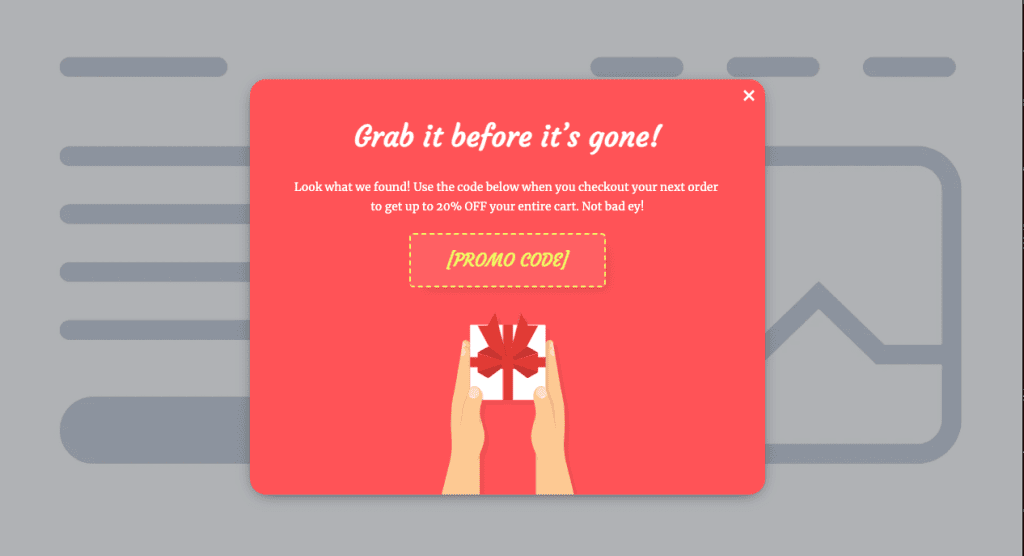
Full-screen pop-up
Full-screen popups overlay the page fully and are truly impossible to miss.
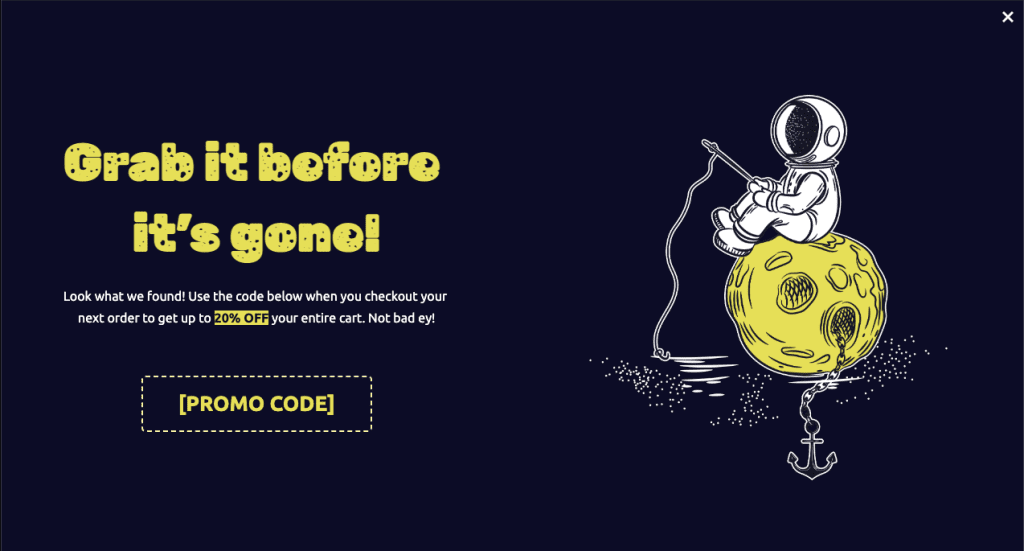
Slide-in box
Slide-in boxes are much like pop-up boxes, but due to the fact that, by definition, they “slide in” while you browse, they’re a bit more discreet and less intrusive. They’re perfect for including forms, like signup, contact, or feedback forms.

Create your first popup for free
Which Pop-ups To Use?
Different goals will need different popups types. Let’s see which one suit you best.
Building and Growing your email list
To build your email list, you want them to leave their contact details, usually first name and email address. You can offer a lead magnet for them in exchange for their email address. The main goal is to let them feel irresistible with your lead magnet and sign up for your email list.
Getting more sales
When it comes to getting more sales, you typically need 2 things. Limited-time offer to increase the sense of urgency and discounts to give them a push and motivate them to buy. This is why this type of popup is all about countdown timers and promo codes.
Different types of Event-triggered popups.
Timed-based pop-ups
This type of popup will appear after a predefined amount of time. It can be set to appear after 5 or 10 seconds they spend on your page. This is to avoid them getting annoyed being prompted a popup too fast. The visitors will have enough time to go through the site and know a bit about you before showing them the popup.
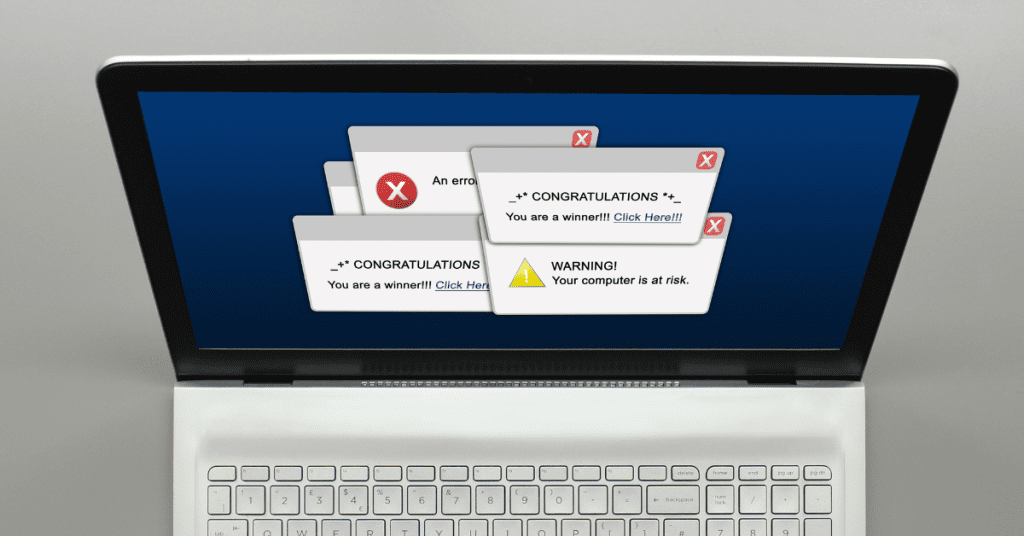
Scroll-based pop-ups
This popup will appear once the visitors scroll through a certain part of the page. For example, after they scroll through 50% of the page, then the popup will appear. This type of trigger allows people to get comfortable with the article they’re reading, and it won’t interrupt them.
Exit-intent popups
This is the last chance for you to get their contact details before they leave for good. You need to win back people who try to leave your page. A popup like this pops up just as the visitor wants to close the browser tab or window.
Inactivity popup
If someone visits your site but not moving or is inactive for a predefined amount of time, this popup will appear to alert them and bring them back. Lead them to the next steps.
Things to consider when setup Pop-ups
While there are many types of popups and how they can appear, a popup should be as simple as possible. With one goal in mind, to get people to signup for your list or make a purchase from your special deal.
They can pop up every time someone visits a website, or stop showing up if they’ve clicked a specific button, signed up through a form, closed the pop-up, or have seen it multiple times.
But you need to always remember this. Check your popup on a different device to make sure it’s responsive. Desktop, mobile, tablet. Try as many scenarios as possible as you don’t know someone might be using a unique device to browse your page.
Pros and Cons of Pop-ups
We spent some time explaining the types of popups and why you should use a popup on your page. A popup can be used for lead generation, increasing sales, and reducing bounce rates.
Pop-ups are super cheap, easy, and fast to create, and, if you find the right software, you can create even a pop-up for free.
With the right pop-up creator, they’re also extremely easy to create and embed on your site – no need to write any complex javascript code or, thanks to the awesome templates.
The only con, however, is their historically controversial reputation. A popup might annoy the visitor if it appears in between their browsing when they are in the middle of something interesting.
Not only that, some people even use a popup ad to scam and hack personal information. This makes people nowadays very concerned about giving out their contact details.
Create your first pop-ups for free
Now that you know what popups are and what they can do – why not try making one for yourself?
With GetResponse Free Popup Creator you can easily unleash your creativity in the drag-and-drop editor, attract your visitors’ attention at the right time, and convert!




